- [email protected]
- Mon - Sat: 8.00 am - 7.00 pm
We are creative, ambitious and ready for challenges! Hire Us
We are creative, ambitious and ready for challenges! Hire Us
Over 10 years we help companies reach their financial and branding goals. Engitech is a values-driven technology agency dedicated.
411 University St, Seattle, USA
+1 -800-456-478-23
Organizations have traditionally relied on Legacy Apps, APIs, and Services to make their services and data accessible to external stakeholders. APIs have emerged as a pivotal element in the development of innovative digital services, enabling seamless integration with partners and customers while enhancing the efficient utilization of business data.
The transition of legacy Apps, APIs, and Services to contemporary infrastructure and platforms offers several advantages, including cost reduction in IT budgets and the optimization of existing processes and resources in a more efficient manner.
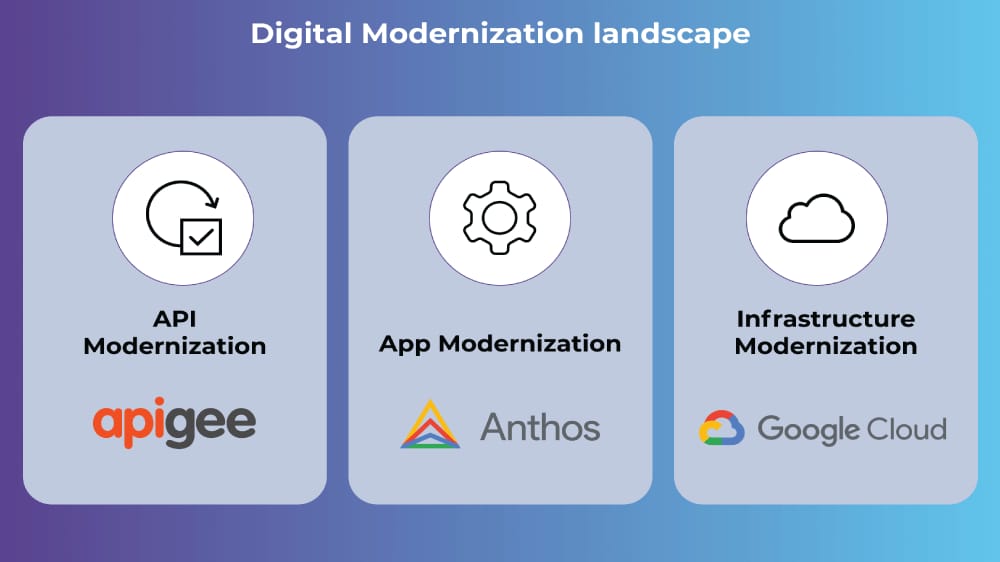
Within an enterprise context, Digital Modernization can be categorized into three main areas:
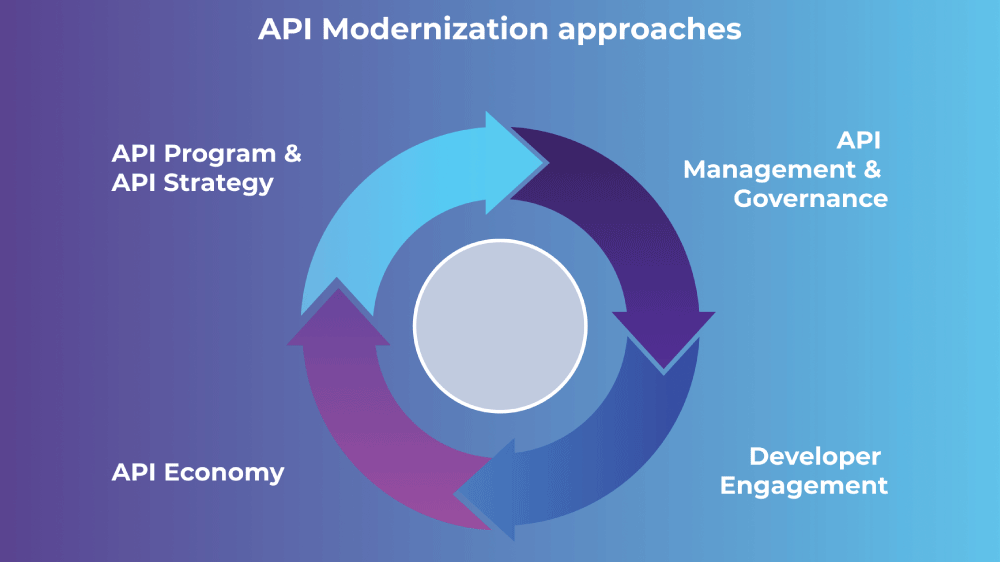
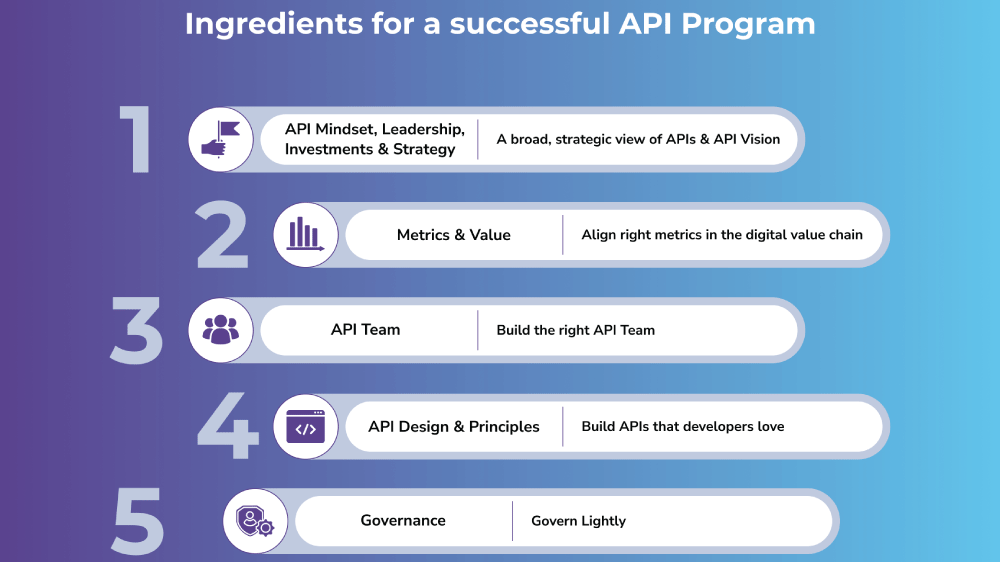
The key components of a successful API Program within an enterprise encompass a range of factors, including the API Mindset, Leadership, Investment, and Strategy. A holistic API Program should ideally have a visionary senior leadership team, adequate investments, and a well-defined business strategy in place.
Additionally, it's essential to establish predefined metrics to measure the API Program's success, such as expected additional revenue, the number of partners onboarded, and the expansion of revenue channels. To execute the API Program effectively, it's crucial to assemble the right API Team, which includes vital roles like API Evangelists, API Product Managers, API Designers, API Developers, and API Testers.
The design and development of APIs should adhere to REST API Design Best Practices and principles to ensure they are developer-friendly and easy to consume. Furthermore, implementing light API Governance is essential to enforce enterprise-wide security standards, development and deployment practices, and release cycles. An overarching API Strategy should be established to determine which data and services should be exposed to API consumers, whether they are external-facing APIs, Process APIs, or System APIs.
With Apigee Compass, executives, program leaders, and individuals from both business and IT sectors can assess their API-first transformation progress. This tool allows them to benchmark their achievements against other enterprises and receive tailored recommendations based on Apigee's extensive experience with numerous global customers. These insights are designed to assist them in advancing their API Program effectively.

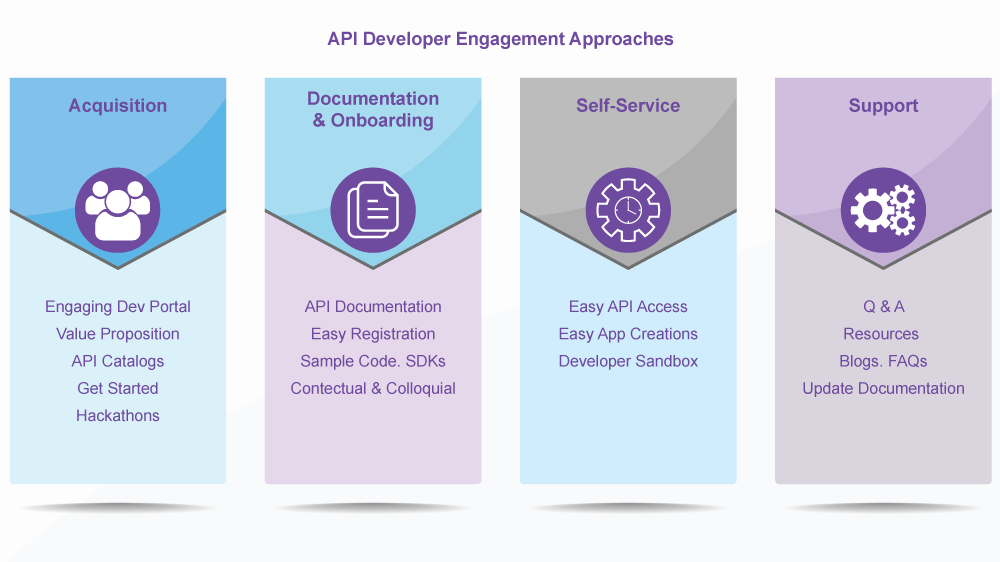
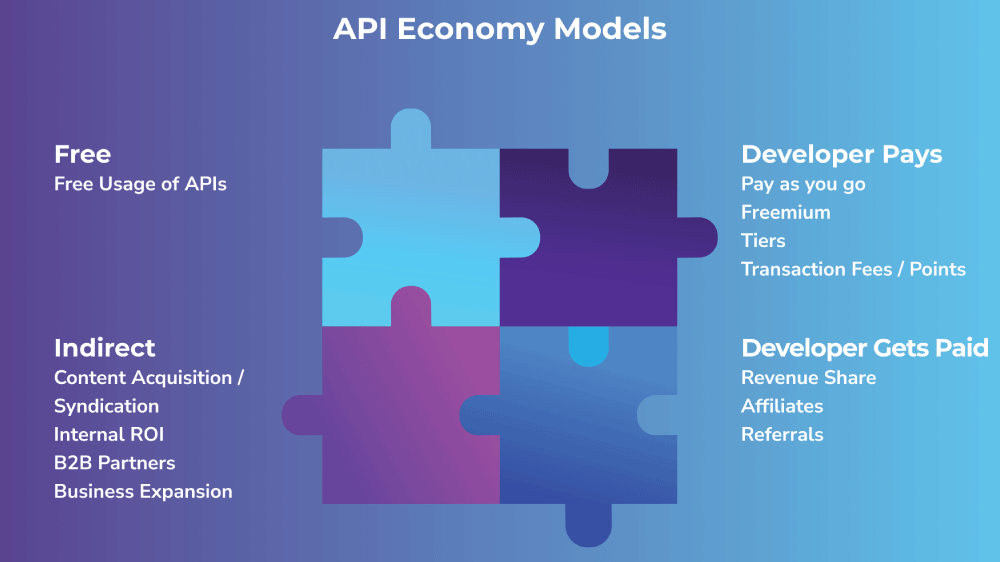
The API Product mindset is grounded in three primary pillars: